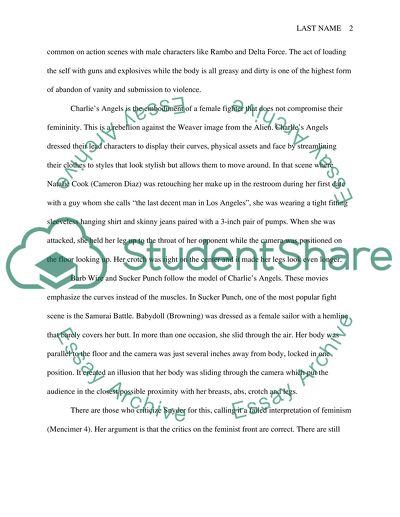Cite this document
(“Uniquely Feminine Action Scenes Research Paper Example | Topics and Well Written Essays - 3750 words”, n.d.)
Retrieved from https://studentshare.org/visual-arts-film-studies/1394956-uniquely-feminine-action-scenes
Retrieved from https://studentshare.org/visual-arts-film-studies/1394956-uniquely-feminine-action-scenes
(Uniquely Feminine Action Scenes Research Paper Example | Topics and Well Written Essays - 3750 Words)
https://studentshare.org/visual-arts-film-studies/1394956-uniquely-feminine-action-scenes.
https://studentshare.org/visual-arts-film-studies/1394956-uniquely-feminine-action-scenes.
“Uniquely Feminine Action Scenes Research Paper Example | Topics and Well Written Essays - 3750 Words”, n.d. https://studentshare.org/visual-arts-film-studies/1394956-uniquely-feminine-action-scenes.


